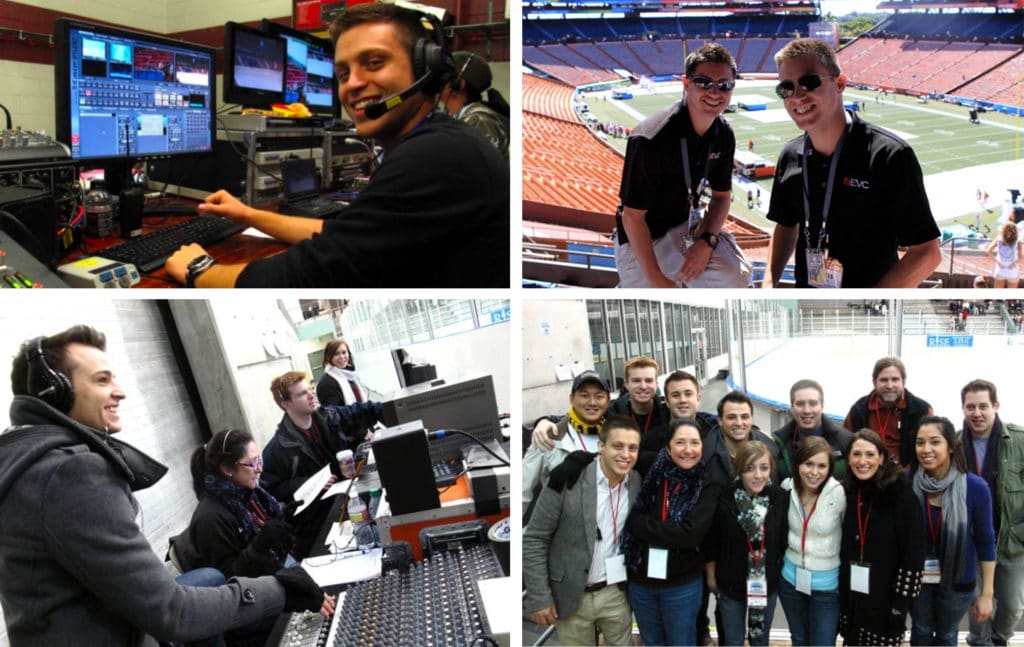
Articles
How Trainual Got Its Start
September 21, 2017

Hi, I’m Chris Ronzio—founder of Trainual.
I’d like to tell you a short story about how poor training almost put me out of business, and how this constant struggle led to the creation of Trainual.
Hopefully, you’re not dealing with any of the challenges I’m about to share with you. If you are, then you need to improve your onboarding processes because your business depends on it.
My first business was a video production company
We had 11 employees and over 300 subcontractors. And even though we had amazing equipment and great relationships with our clients, our “Achilles heel” was bad training.

Bad training (or no training at all) could ruin an entire production, or really even the whole business. We could lose footage, communicate something incorrectly, or forget an event entirely! Yes, that happened, and it was horrible.
As a small business, we also put a ton of pressure on each person to juggle everything and drop nothing. So when an employee or contractor quit, we’d frantically ask him or her to spend the rest of their days writing down everything that they do so that the next person could figure it out.
We would literally go into panic mode trying to document their processes, which often times ended up as surface-level checklists or requests that went entirely ignored.
So, as the business grew, we got smarter, and we put a TON of effort into developing and delivering training materials to the hundreds of people we worked with each year. When we finally set out to build quality materials, we had to decide how to do it.
These were my requirements:
- Must be easy to access
- Must be easy to update
- Must be easy to track (and hold people accountable for learning)
How I did it and why it didn't work
We started as a lot of companies do, with Google Docs (now Drive). Easy to access and update, but hard to keep organized. Our documents were everywhere and owned by the people that created them. And, when we shared them with someone new, we’d have no idea whether they actually retained anything.
So to solve for that, we built quizzes using Wufoo, a form builder. Our quizzes displayed a series of multiple-choice questions, but we had to manually read the email submissions to figure out if the person passed and that became a pain.
We built amazing training videos using Keynote and cool diagrams in Photoshop. Eventually, we even built an entire internal training website on WordPress… that no one used.
With our training content scattered everywhere and no real way to track user activity, all we could do was hope for the best and count on great people to stick around for as long as possible.
Then, in the summer of 2014, I finally found what I was looking for
I was working with a client. The project was related to employee training, and I was helping him create a “plan of attack” for quick, simple, and effective onboarding. But soon enough… we ran into the same challenges I faced with my video production company. And I found myself asking the same question too...
How can we make our training easy to access, update, and track?
I remembered a project I had heard about. Three students from ASU’s Entrepreneurship program had built some simple software for employee on-boarding. The product was awesome, but their targeting was off. So, before the project really started gaining momentum, they moved on to something else (which I'm sure will be awesome).
But I saw opportunity in this software, and so I bought that first, early version that, after months of testing, reiterations, and improvements, would become Trainual.

Now, my mission is to help business owners organize chaos and discover more efficient ways to run their businesses so that they can spend more time doing what they love
It's simple. When your employees are properly trained, you don’t need to worry about quality! And even better, with a system like Trainual, you’re no longer stuck spending weeks and months onboarding new employees or worrying about knowledge walking out the door during off-boarding either.
Plus, because your systems are documented, you have the freedom to one day sell your business (or have someone else take over the day-to-day operations).
So… if you need a simple and effective way to streamline your operations, build more efficient, effective teams, automate your training, and boost your bottom-line, then try Trainual today.
Hundreds of businesses are already saving time and money with Trainual. And now you can, too.
👉See you on the inside, @chrisronzio
Similar Blog Posts











